A series of progress in Kagome structure CsV3Sb5 superconducting metal was made by researchers from the School of Physics
来源: 作者: 发布时间:2022-10-13Recently, the group of Prof. Zhiwei Wang and Prof. Yugui Yao from the School of Physics of Beijing Institute of Technology have made a series of progress in the Kagome structure superconductor CsV3Sb5. Kagome structure materials have always been one of the most important and hot topics in the condensed matter physics. Due to their special structural characteristics, electrons are localized in honeycomb hexagons. Such materials usually form flat bands, saddle points, and Dirac points with a linear dispersion relationship, and thus exhibit exotic quantum states such as quantum spin liquids, charge density waves (CDW), spin density waves (SDW), and unconventional superconductivity. The recently discovered Kagome-structured superconductors AV3Sb5 (A=K, Rb, Cs) family host topological Dirac bands, charge density waves, superconductivity (SC), and anomalous Hall effect (AHE) quantum properties. Therefore, this kind of material quickly attracted extensive attention and research in the field of condensed matter physics.
The synthesis of high-quality single crystal samples is the prerequisite for carrying out relevant experimental research. Dr. Yongkai Li (now is a postdoc in the same group), under the supervision of Prof. Zhiwei Wang, obtained a high-quality CsV3Sb5 single crystal sample after a series of optimization of crystal growth. The full width at half maximum (FWHM) of single crystal is only 0.07°. Electrical transport and magnetic property measurements show that this material has a CDW phase transition around 91K and a superconducting transition around 3 K, as well as an obvious anomalous Hall signal is also observed, as shown in Fig 1. The phenomenon of chiral charge order was discovered by low-temperature STM measurement, and two modulation structures of 2 × 2 and 1 × 4 were observed by cooperation with Prof. M. Z. Hasan’s group from the Princeton University, as shown in Fig 2. The 2 × 2 charge modulation structure is closely related to the CDW in this system, and the amplitude of the energy gap opened by the charge order exhibits real-space modulation characteristics with 2 × 2 chirality, which reflects the chiral charge order. However, the 1×4 modulation structure forms different domain walls, and there is a fixed angle of 120° between the domain walls, as shown in Fig 3. This work was published in PRB [Phys. Rev. B 104, 075148 (2021)] and was selected as an Editors’ Suggestion.

Fig.1. Electrical and magnetic properties of CsV3Sb5 samples.
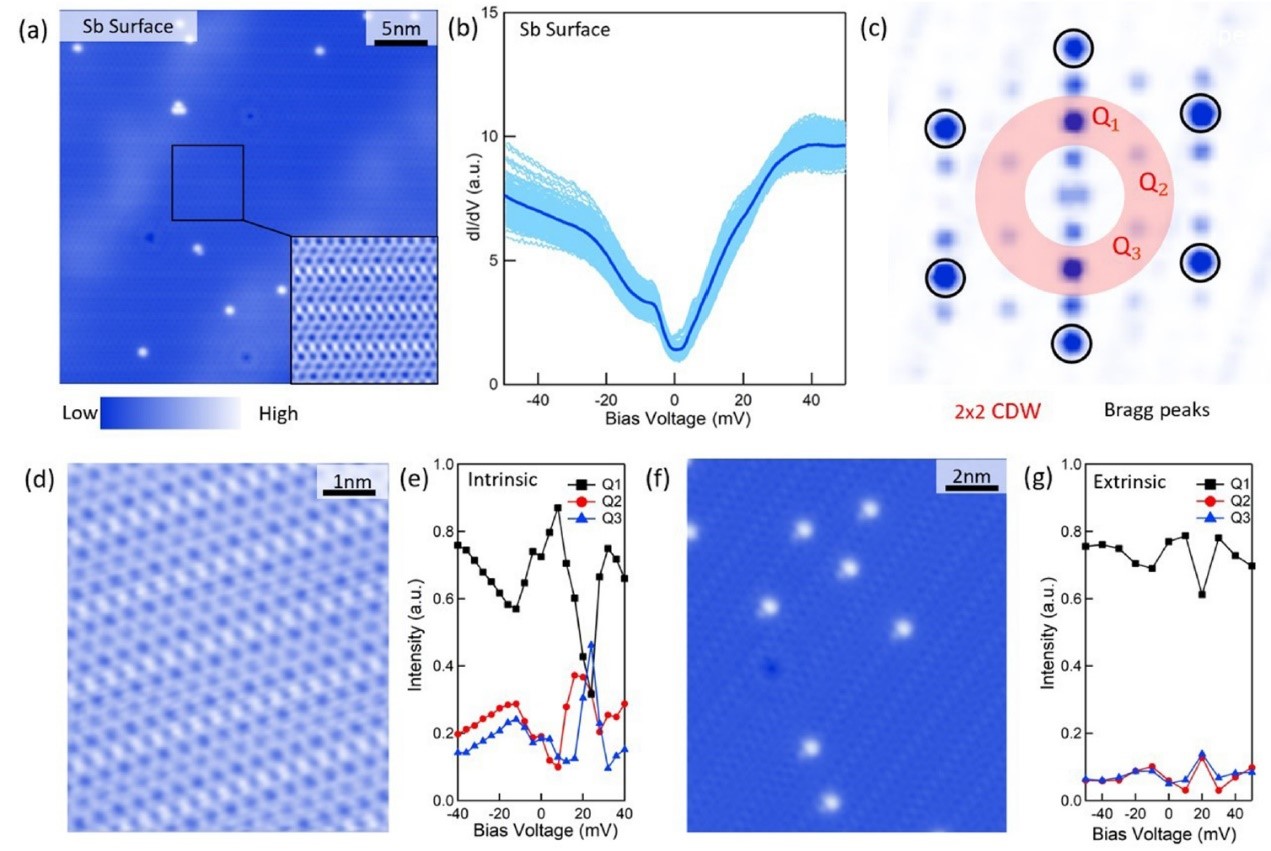
Fig. 2. Two modulation structures and chiral charge order observed in CsV3Sb5.

Fig. 3. Domain wall formed by 1×4 modulation structure.
The mechanism of CDW in CsV3Sb5 materials and especially the relationship with superconductivity have always been the focus of attention. The CDW in CsV3Sb5 was extensively studied by infrared spectroscopy. It is found that above TCDW = 91 K, the low-frequency photoconductivity of the material exhibits a clear Drude response, which is consistent with the metallicity of the material. Typical optical signatures of charge density waves are observed below the TCDW. Further by performing Drude-Lorentz fitting on the photoconductivity spectra at all temperatures, as shown in Fig. 4. It is found that the CDW energy gap opens at the saddle point of the M point, while neither the electron band near the Γ point nor the Dirac band near the K point is affected. This result suggests that the nesting of the saddle point at M point through the wave vector Q may be the driving mechanism of the charge density wave in CsV3Sb5. This work was published in PRB [Phys. Rev. B 104, L041101 (2021)] as a letter and was selected as an Editors’ Suggestion. They then measured the resistivity of CsV3Sb5 in the c-axis (as shown in Fig 5), where the current is along the c-axis and is always perpendicular to the magnetic field, which is parallel to the ab plane and rotates within the plane. It can be seen that the resistivity versus angle under various magnetic field has obvious two-fold symmetry, which destroys the in-plane six-fold (or triple) symmetry of the crystal structure. When the applied magnetic field is less than 2.4 T (corresponding to the superconducting state) and larger than 2.4 T (corresponding to the normal state), the magnetic field directions corresponding to the minimum resistivity values are perpendicular to each other, indicating that the superconducting state and the normal state have two-fold symmetry perpendicular to each other. The relationship of these two kinds of two-fold symmetries with temperature was further investigated, and the results are shown in Fig. 6. It can be seen that the two-fold symmetry resistance corresponding to the superconducting state at low magnetic field disappears rapidly around the superconducting transition temperature, while the one measured in the normal state at high magnetic field weakens as the temperature increases, and transitions at the CDW. These results greatly enrich the understanding of this Kagome superconducting material and its physical properties. The results were published in Nature Communications [Nat. Commun. 12, 6727 (2021)].
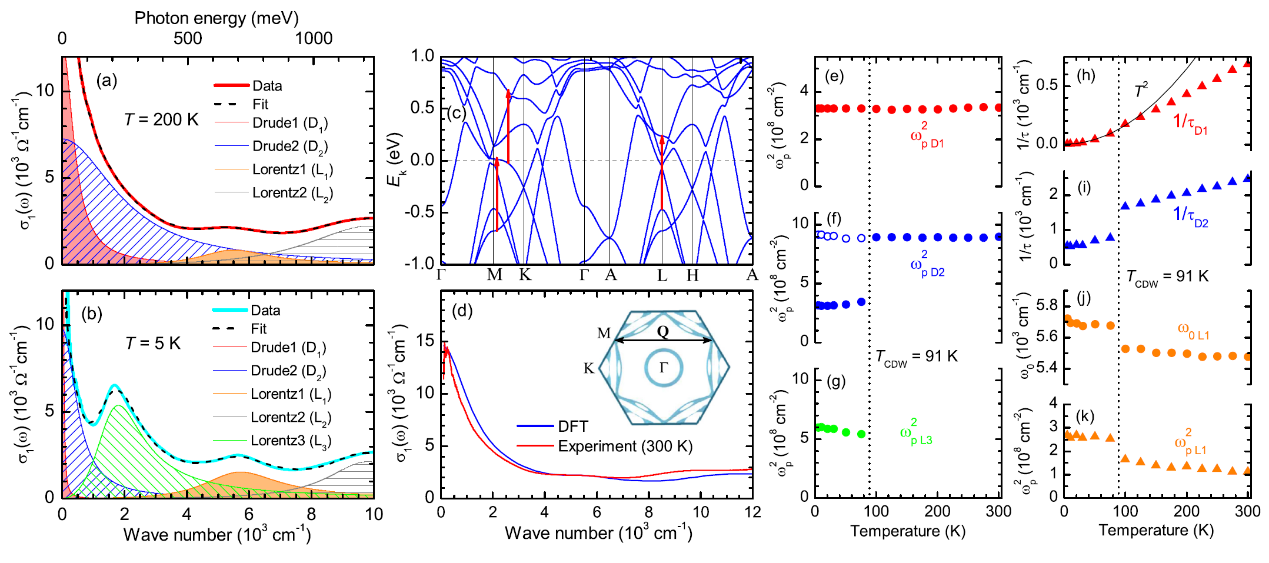
Fig. 4. Fitting of photoconductivity spectrum, calculated band structure, comparison of photoconductivity spectrum between experiment and theory, and temperature dependence of parameters obtained by fitting.
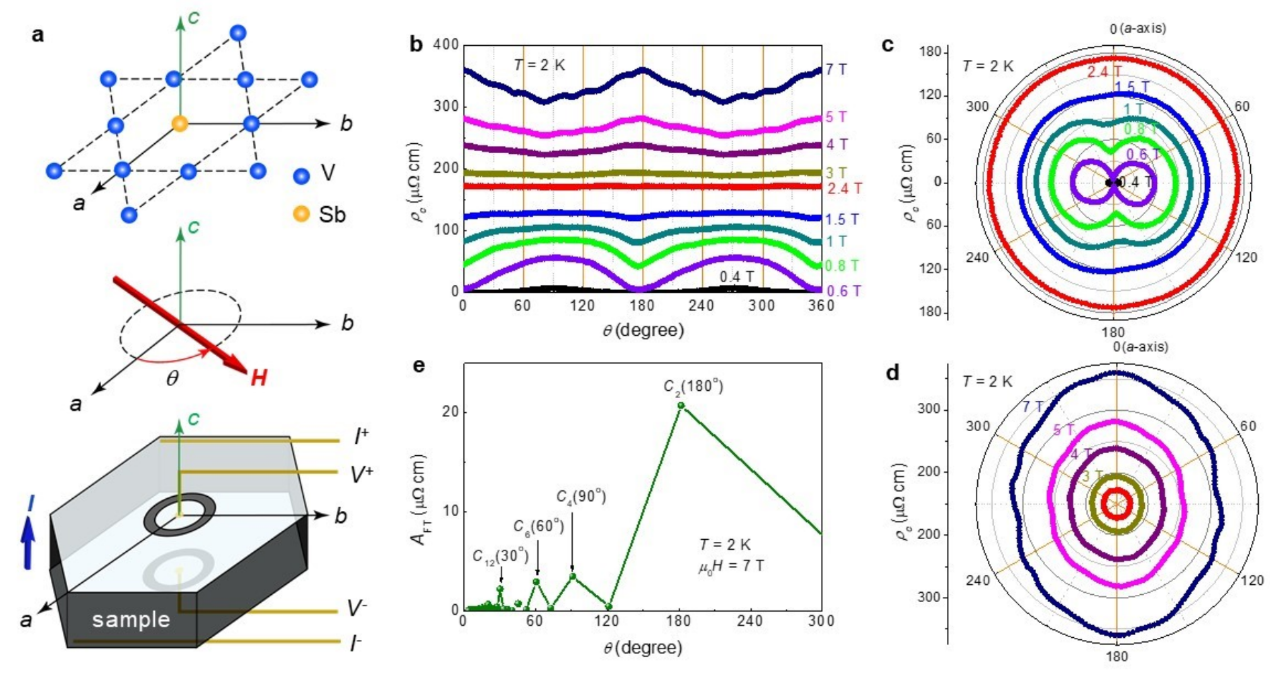
Fig. 5. Twofold symmetry of angular dependent c-axis resistivity under in-plane magnetic field

Fig. 6. Temperature evolution of the nematicity of c-axis resistivity.
Flat bands, saddle points and Dirac points with linear dispersion relation are usually formed in Kagome structural materials. In order to get a comprehensive and in-depth understanding of the band structure of this system, Prof. Zhiwei Wang collaborated with T. Sato's group from Tohoku University, performed the electronic band structure and its manipulation of CsV3Sb5 by angle-resolved photoelectron spectroscopy (ARPES).
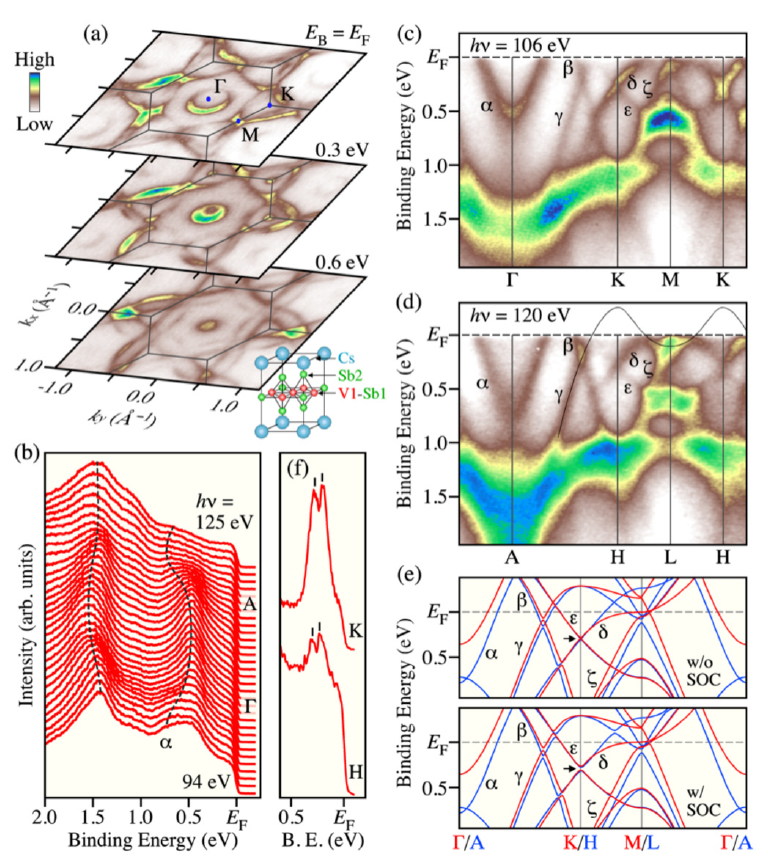
Fig.7. Band structure and multiple Dirac points of CsV3Sb5

Fig. 8. Band structure along the MK direction near the Fermi surface.
The saddle point and Dirac point were first observed in the CsV3Sb5 parent material, as shown in Fig. 7. With the temperature decreased below the CDW transition temperature, a CDW energy gap was observed, and the energy gap has strong Fermi-surface and momentum-dependent, as shown in Fig. 8. The results were published in PRB as a Letter [Phys. Rev. B 104, L161112 (2021)]. Moreover, by in-situ Cs deposition on the surface of CsV3Sb5, the system was electron doped for the first time, and thus the CDW and the energy band of the system were manipulated. The electron doping by Cs deposition exhibits orbital selectivity, characterized by a significant increase in electron filling in the Sb 5pz and V 3dxz/yz bands, while the V 3dxy/x2−y2 band is relatively stable. By studying the variation of the CDW energy gap around the M point with temperature, it is found that the Cs modification can completely suppress the CDW while keeping the saddle point at the Fermi level, as shown in Fig 9. This result suggests that the multiorbital effect plays a crucial role in the formation of CDW. And at the same time, due to the competition between CDW and superconductivity, it provides a possibility to manipulate CDW and superconductivity in the AV3Sb5 system in the future. Theses results were published in PRX [Phys. Rev. X 12, 011001 (2022)].
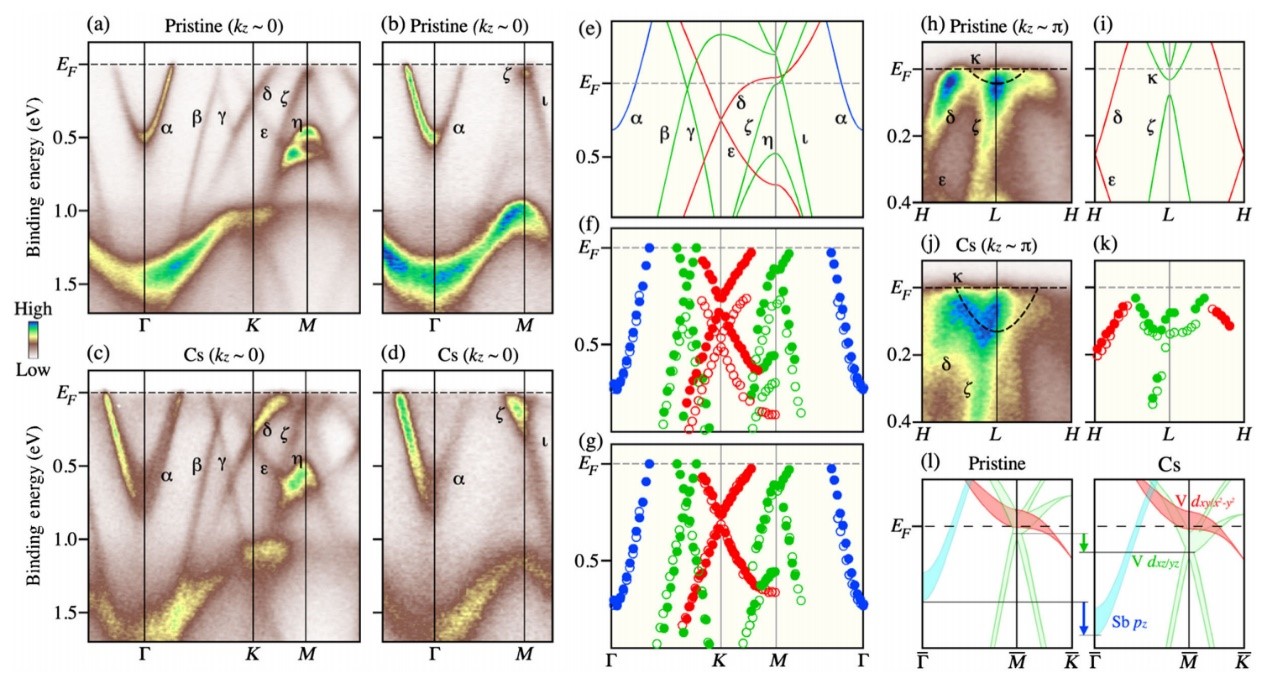
Fig.9. Electronic band structures of pristine and Cs-dosing CsV3Sb5 samples
The above works were supported by the National Key R&D Program of China, the National Natural Science Foundation of China, the Beijing Natural Science Foundation, and the Beijing Institute of Technology Research Fund Program for Young Scholars, etc.
Links to related articles:
https://journals.aps.org/prb/abstract/10.1103/PhysRevB.104.075148
https://journals.aps.org/prb/abstract/10.1103/PhysRevB.104.L041101
https://journals.aps.org/prb/abstract/10.1103/PhysRevB.104.L161112
https://www.nature.com/articles/s41467-021-27084-z
https://journals.aps.org/prx/abstract/10.1103/PhysRevX.12.011001




